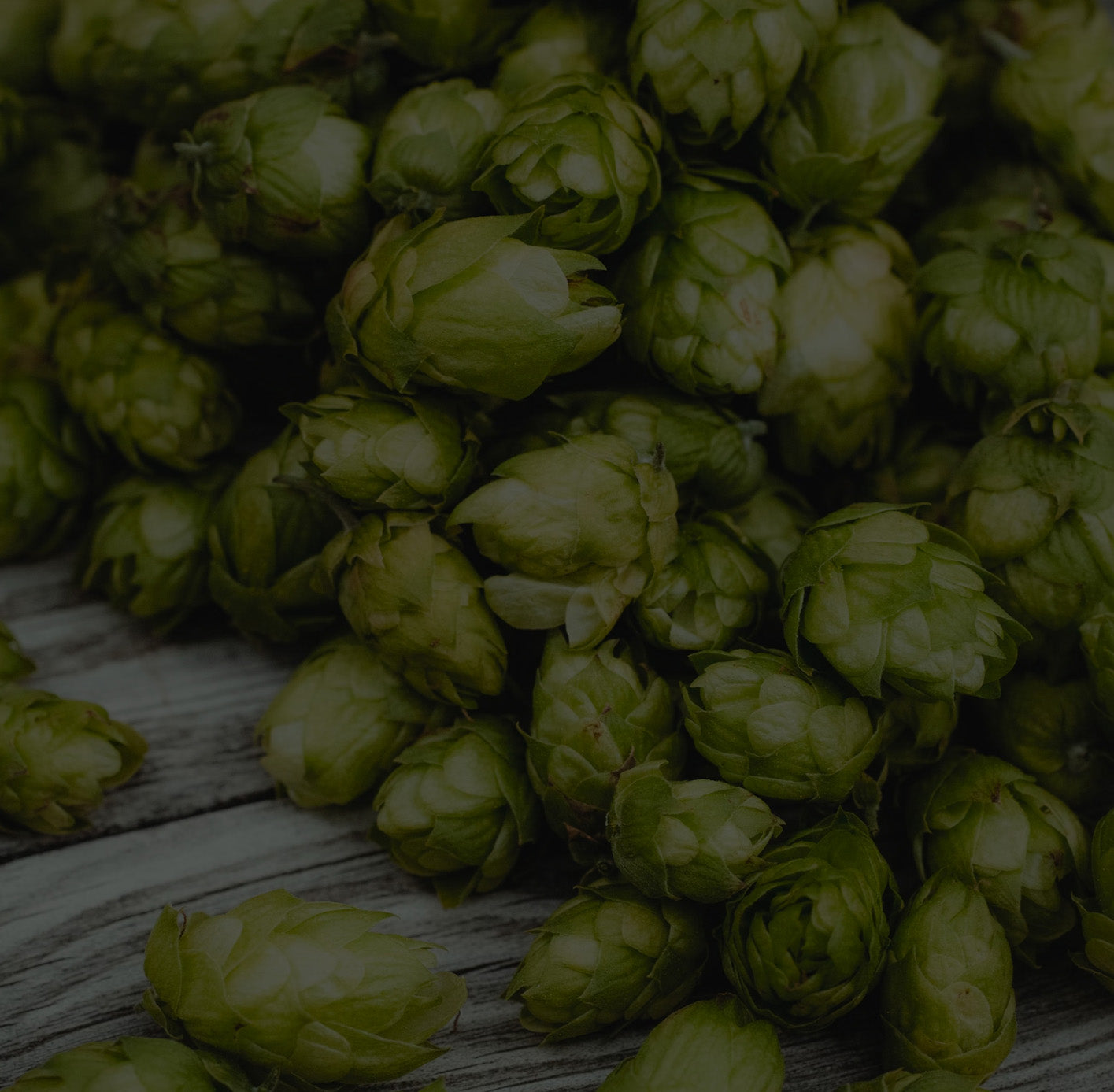 The entire world is currently in the middle of a pandemic. Covid-19, which is commonly referred to as the coronavirus, is changing everyone’s life. Grocery store shelves are becoming bare as everyone is stocking up in order to bunker down for however long this pandemic lasts. One of the best ways to fight the coronavirus is by washing your hands or using an alcohol-based hand rub, like hand sanitizer. Unfortunately, soap and hand sanitizer are impossible to find right now and many people buying them could be a victim of price gouging. Don’t worry, with alcohol that’s at a high enough proof, you can make hand sanitizer at home. Continue reading this article or watch the how-to video below to learn how.
The entire world is currently in the middle of a pandemic. Covid-19, which is commonly referred to as the coronavirus, is changing everyone’s life. Grocery store shelves are becoming bare as everyone is stocking up in order to bunker down for however long this pandemic lasts. One of the best ways to fight the coronavirus is by washing your hands or using an alcohol-based hand rub, like hand sanitizer. Unfortunately, soap and hand sanitizer are impossible to find right now and many people buying them could be a victim of price gouging. Don’t worry, with alcohol that’s at a high enough proof, you can make hand sanitizer at home. Continue reading this article or watch the how-to video below to learn how.
Recipe Video
Ingredients
- Ethanol at 190 proof (151 proof will work as well)

190 Proof Everclear

151 Proof Rum
- Glycerin Gel (we used generic sunburn relief gel)

- Distilled Water
- Tea tree oil (for scent)

Hydrogen Peroxide is recommended but not necessary. Since it’s sold out at stores everywhere we’re not using it in our recipe. If it's available in your area, you should use it. Scroll to the bottom of the page to find a recipe using Hydrogen Peroxide.
Why High Proof?
The CDC states that a solution of 60% - 90% ethyl alcohol is an effective hand sanitizer. In order to have a hand sanitizer that is greater than 60% alcohol by volume after being diluted by other ingredients, we have to start with high proof alcohol. We recommend using 190 proof Everclear.
151 Proof Recipe
- Weigh out 45 grams of spirits (4 tbsp)
- Weigh out 11 grams of glycerin gel (2.25 tsp)
- Add a dash of tea tree oil to the glycerin gel
- Mix your glycerin gel and spirits together
- Mix very thoroughly

Mixing Sanitizer With 151 Proof Ethanol
- Transfer to a bottle and disinfect!

190 Proof Recipe
- Weigh out 45 grams of spirits (4.5 tbsp)<--use this amt. if measuring by volume, not amt listed in video)
- Weigh out 10 grams of distilled water (2 tsp)
- Weigh out 20 grams of glycerin gel (4 tsp)
- Add a dash of tea tree oil to the glycerin gel
- Mix your distilled water, glycerin gel, and spirits together
- Mix thoroughly

Mixing Sanitizer Using 190 Proof Ethanol
- Transfer to a bottle and disinfect!

Surface Disinfectant
Making a surface disinfectant is much easier. Just put any ethyl alcohol that’s over 120 proof into a spray bottle and spray it on surfaces. It’s that easy.
Breaking News!
The TTB’s March 18th, 2020 “Special Edition Covid-19” memo announced an exemption that allows DSP and Fuel Alcohol permit holders to manufacture ethanol for hand sanitizer. All other restrictions still apply.
Our 8-gallon stainless/copper bubble plate still is best for making high proof alcohol which is needed for this recipe.
Hydrogen Peroxide Recipe
Below is the recipe using hydrogen peroxide from the World Health Organization found at this link.
Materials required (small volume production)
• Ethanol 96%
• Hydrogen peroxide 3%
• Glycerol 98%
• Sterile distilled or boiled cold water
• 10-litre glass or plastic bottles with screw-threaded stoppers, or
• 50-litre plastic tanks (preferably in polypropylene or high density polyethylene, translucent so as to see the liquid level), or
• Stainless steel tanks with a capacity of 80–100 litres (for mixing without overflowing)
• Wooden, plastic or metal paddles for mixing
• Measuring cylinders and measuring jugs
• Plastic or metal funnel
• 100 ml plastic bottles with leak-proof tops
• 500 ml glass or plastic bottles with screw tops
• An alcoholometer: the temperature scale is at the bottom and the ethanol concentration (percentage v/v) at the top
Recommended amounts of products
• Ethanol 96%: 8333 ml
• Hydrogen peroxide 3%: 417 ml
• Glycerol 98%: 145 ml
Step by step preparation
1. The alcohol for the formula to be used is poured into the large bottle or tank up to the graduated mark.
2. Hydrogen peroxide is added using the measuring cylinder.
3. Glycerol is added using a measuring cylinder. As glycerol is very viscous and sticks to the wall of the measuring cylinder, it should be rinsed with some sterile distilled or cold boiled water and then emptied into the bottle/tank.
4. The bottle/tank is then topped up to the 10-litre mark with sterile distilled or cold boiled water.
5. The lid or the screw cap is placed on the tank/bottle as soon as possible after preparation, in order to prevent evaporation.
6. The solution is mixed by shaking gently where appropriate or by using a paddle.
7. Immediately divide up the solution into its final containers (e.g. 500 or 100 ml plastic bottles), and place the bottles in quarantine for 72 hours before use. This allows time for any spores present in the alcohol or the new/re-used bottles to be destroyed.







Leave a comment